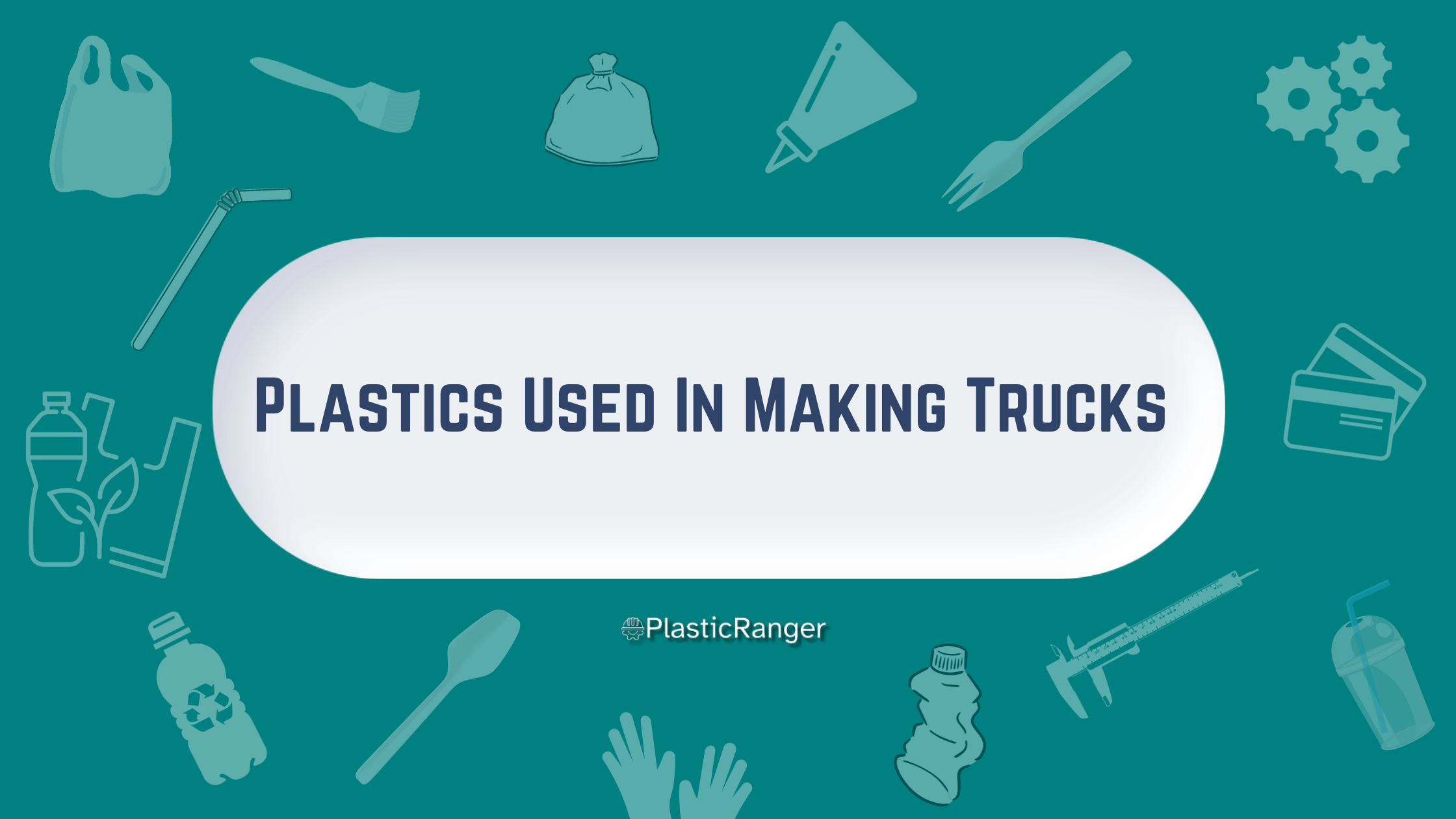Plastics Used in Making Trucks: Driving Innovation and Efficiency
In recent years, the automobile sector, especially truck manufacturing, has witnessed a transformative shift in its material selection, gravitating towards plastics and composite materials for various components. This change is primarily driven by plastics’ many advantages over traditional materials, such as weight reduction, corrosion resistance, and cost-effectiveness.
This article delves into how plastics are revolutionizing the world of truck manufacturing.
Durability and Weight Reduction
Traditionally, trucks were almost entirely constructed from metals which, while being extremely durable, added considerable weight to the vehicle. The introduction of plastics has heralded a new era where truck components are durable and considerably lighter. This weight reduction contributes to increased fuel efficiency, a critical factor in the cost-effective operation of trucks.
High-performance plastics, such as polypropylene, polyethylene, polycarbonate, and polyurethane, are commonly used to manufacture various truck components.
High-impact resistant plastics like the ones mentioned above are known for their inherent qualities of excellent mechanical properties. They are resistant to wear and tear, corrosion, and chemicals, making them an ideal choice for prolonging the lifespan of trucks, which are often exposed to harsh environmental conditions.
Aesthetic Appeal and Design Flexibility
Plastics have opened up new avenues in the design of trucks, allowing for sleeker and more aerodynamic shapes, which were challenging to achieve with metal components.
The flexibility of plastics makes them amenable to a range of processing techniques like injection molding, facilitating the production of complex and intricate designs.
Furthermore, plastics enable the creation of vibrant and lasting colors, enhancing the aesthetic appeal of trucks. These materials can be easily molded into various shapes, allowing designers the freedom to create visually appealing and innovative designs, which can be a vital selling point in the competitive truck market.
Safety Enhancements
Safety is a paramount concern in truck manufacturing, and plastics have played a significant role in enhancing the safety features of trucks. Plastics absorb energy more effectively compared to metals, providing better protection in the event of collisions.
Moreover, using plastics in components like bumpers and fenders ensures they deform upon impact, reducing the risk of injuries. Additionally, the insulating and thermal properties of plastics have been utilized in creating safer electrical systems within trucks.
Components such as connectors, insulators, and housings made from plastics offer better resistance to electrical fires, contributing to a safer environment for both the driver and the car.
Environmental Benefits
The incorporation of plastics in truck manufacturing also brings a series of environmental benefits. Firstly, the reduced weight of trucks means lower fuel consumption, which directly translates to reduced carbon emissions.
Secondly, plastics are recyclable, which means that at the end of their lifecycle, they can be transformed into new products, reducing the demand for raw materials and minimizing waste.
Furthermore, innovations in plastic technology have led to the development of biodegradable plastics like PLA, which are made from renewable resources and are biodegradable. Using these materials in truck manufacturing represents a significant step towards creating a more sustainable and eco-friendly transportation sector.
Cost-Effectiveness
The utilization of plastics in truck manufacturing also translates to cost savings. Plastics are generally less expensive than metals, and their lighter weight reduces fuel costs.
Moreover, the longer lifespan of plastic components minimizes the frequency of repairs and replacements, further saving costs in the long run. In addition, the ease of manufacturing complex components with plastics reduces the production time, thereby lowering manufacturing costs.
The ability to produce parts in high volumes through processes like injection molding also contributes to economies of scale, making plastic components more cost-effective in mass production.
Challenges and Future Prospects
Despite the many benefits, using plastics in truck manufacturing is not without challenges. There are concerns about the long-term durability of plastic components, especially when exposed to extreme conditions.
Moreover, the recycling of plastics is still not as widespread as it should be, leading to environmental concerns. However, the industry is constantly evolving, and continuous research is being carried out to develop new and improved plastic materials with enhanced properties.
The future seems promising, with trucks with increased plastic content, which would be lighter, more fuel-efficient, and environmentally friendly.
Conclusion
In conclusion, Plastics Used in Making Trucks has brought about a paradigm shift, offering many benefits, including durability, weight reduction, aesthetic appeal, and cost-effectiveness. The industry is poised to see further innovations, with the development of new plastic materials offering even more significant advantages.
As research continues and technology advances, it is likely that plastics will play an even more prominent role in the future of truck manufacturing, steering the industry towards a more sustainable and efficient path.
Therefore, as we stand on the cusp of a new era in truck manufacturing, it is clear that plastics will continue to be at the forefront, driving innovation and efficiency in the sector. The integration of plastics in truck manufacturing signifies a technological advancement and a step towards a greener and more sustainable future for the transportation industry.
Quick Navigation

